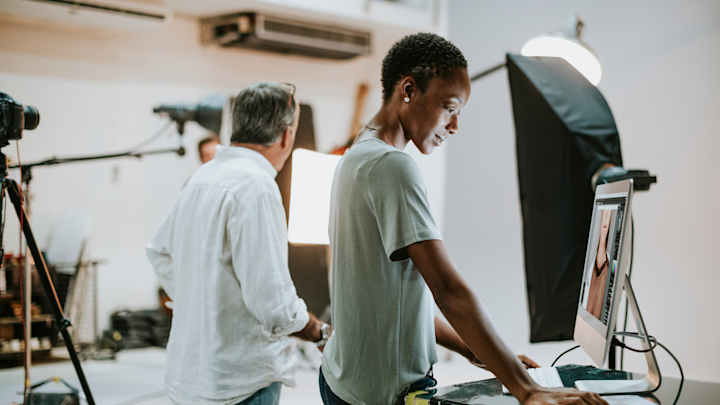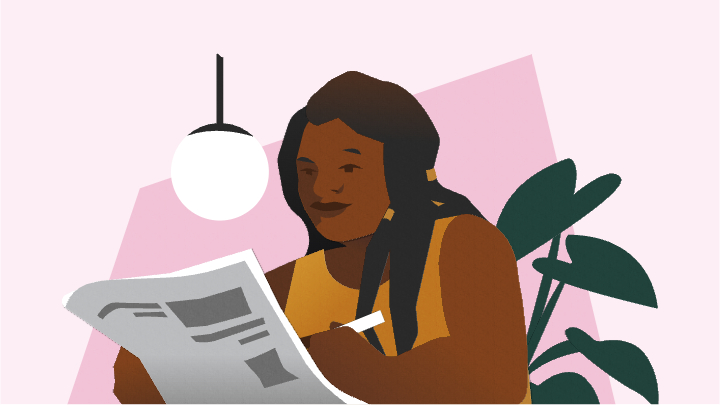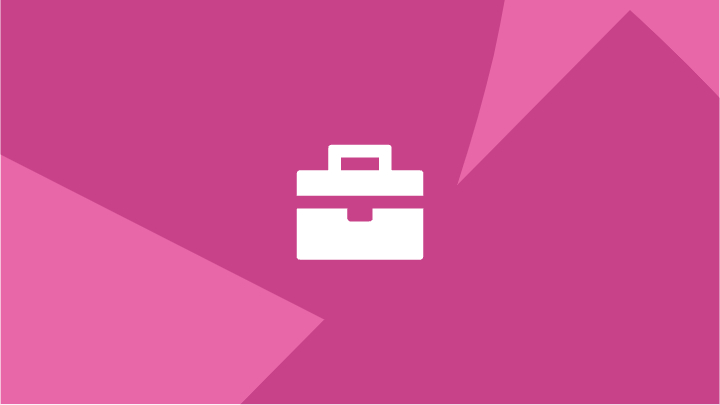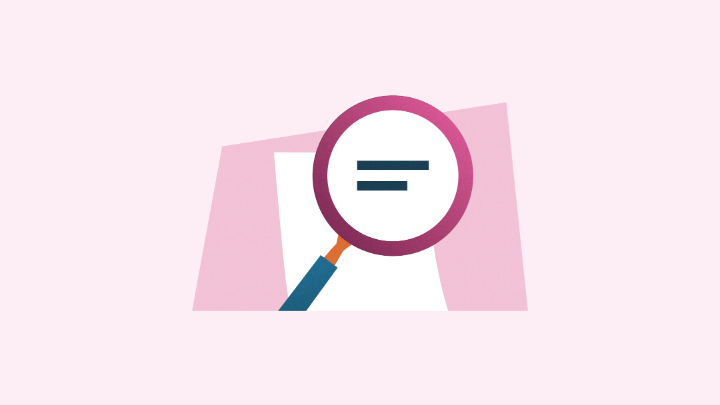What Does a Production Designer Do? With Skills and Salary
Updated March 13, 2023

What is a production designer?
A production designer is an individual who decides the visual concept of a film, stage, TV show or performance and makes it look authentic. The production designer gets a visual concept by identifying a design style for sets, locations, graphics, props, lighting, camera angles and costumes. They often work closely with the director and producer. In most cases, production designers establish a working partnership with a specific director.A production designer's primary goal is to develop the visual context of the project's story. Once they establish the idea, the production designer appoints and manages an art department. They also deal with schedules, budgets and staffing. They help achieve the director's vision together with art directors, prop makers, set builders and many others. In theater, production designers may have the title of stage or set designers.Related: How To Become a Production Designer (With Necessary Skills and Industry Tips)What does a production designer do?
A production designer is involved in a project from the very beginning, with a variety of creative, technical and administrative duties. Here are some of their responsibilities:Add creativity to a production
A production designer reads the script to identify visual styles and form a guiding construct. They also look to the budget to decide what styles are possible. After developing an initial concept, production designers meet with the director and producer to discuss ideas and production requirements.Related: Your Guide To Improving Your Creativity at WorkDesigning production elements
Production designers create sets, locations and costumes for plays, film and television productions. They develop the key components and collaborate with their team members to develop accurate and visually pleasing design elements. This includes sourcing materials for production so they have the resources necessary to create their designs.Related: 35 Careers in Film and TV That Can Inspire YouConducting necessary research
After deciding on the visual concept, a production designer has to make a visual plan that is functional and authentic. They screen the script for characters, settings and props to assess and brainstorm every creative detail. To do this, they often research art history, libraries and the internet, especially when the film concerns a time period that is not modern.Creating art and design ideas
After research, production designers provide scale drawings or models for studio and theater sets. At this stage, they decide on which aspects of the scene require computer-generated imaging (CGI). They also provide ideas for makeup, props and costumes.Related: What Is Prop Design? (With Duties of a Prop Designer)Organizing the budget
Production designers plan the design budget. They are responsible for keeping the creative design within budget and finding solutions to challenges. Budgeting involves establishing a spending limit on each aspect of production design, allocating funds, negotiating with suppliers and contractors, monitoring expenses, making adjustments, and preparing regular reports on expenses.Leading a team of individuals
Production designers hire and manage an art team, often the largest department on a film set. They create the daily work schedule for the department and manage the team's communication to maintain the visual concept of the film. They collaborate with a variety of people such as the art director and sound director.Related: Learn About Being an Art DirectorChoosing locations
While starting a film or television project, production designers research and scout out filming locations. Potential filming locations are public spaces, private spaces and studios. They decide on a location that is visually suitable and practical.Monitoring each day's work
The production designer ensures that the set, camera positioning and lighting are working toward the visual style. They are available on set to address questions and make quick decisions about visuals, so as to not hold up the shoot.Related: How To Monitor a Project (With Tips)Planning for the next day's filming
While the production designer is on set, monitoring the day's filming, they are also in communication with the art director, identifying the needs for the next day. Together, they plan and supervise the construction of visuals, including locations, sets, cameras and costuming. They may also review and approve all design-related aspects of the production to ensure consistency and adherence to the approved style guide before the next day's filming.Related: Set Designer Skills: Definition and ExamplesAssisting during post-production
Production designers oversee the art team and help them organize items to store for sequels or reshoots in the future. They also assist post-production to offer visual guidance on CGI and visual effects.Offering advice regarding production visuals
Production designers may present ideas to camera operators and actors regarding the visual presentation of the production. They may offer their feedback and suggestions during rehearsals, filming sessions and progress meetings. This can provide the directors and producers with insights that help improve the quality of a production.Skills for a production designer
Production designers can manage a design project from creation to completion. The following skills are helpful to a position in production design:- Visual and design skills: Production managers should have design skills such as building, drawing and creating graphics. They should understand concepts of art design, including color, lighting and film history of visuals.
- Artistic ability: Production designers require some artistic ability. They often sketch, draw, paint or construct a conversion of their initial concept from words to visuals.
- Creative thinking: Production designers should be able to visualize an entire film from words in the script. This also may involve innovative processes in problem-solving, open-mindedness and experimentation in methods.
- Leadership: A production designer is responsible for the direction of the entire art team, determining their schedule and budgets. They manage progress meetings and advise team members on their role in the visual presentation, and are also responsible for effectively communicating the visual concept to all team members.
- Problem-solving: Production designers may encounter a variety of role-related challenges when coordinating team members' schedules, creating visual design elements or developing an interesting creative concept. Problem-solving skills and the ability to think critically and handle negotiations diplomatically.
- Cooperation: A production designer finds a way to work with both the director's vision and the producer's budget. They find a creative concept that tells the story and has the ability to grow into an even more captivating performance.
- Communication: The role of a production designer involves knowing how to communicate their creative concepts to others effectively and thoughtfully. They communicate the methods, means, scheduling, budget and roles behind the overall guiding construct.
- Teamwork: Production designers collaborate with a variety of other individuals in their industry, making it essential for them to possess strong teamwork skills. They share their ideas with producers and directors and may take instructions or suggestions from their team members and adapt to changing project requirements.
- Attention to detail: Production designers review all design-related aspects of a film, television show or live production, so it's important for them to have a keen attention to detail. This skill can help production designers oversee all the materials and ensure they align with the purpose, intent and visual objectives of a production.
- Technical knowledge: Production designers may possess a variety of technical skills as well, including proficiency in design software and modeling software to create detailed designs and blueprints, experience with financial software for cost management, and knowledge of construction techniques and materials.
Do you need help with your resume?
Salary and job outlook of production designers
The average national salary for a production designer is approximately $37,623 per year. It's important to acknowledge that salary can vary substantially based on factors including location, experience level, employer and market conditions. Production designing is a freelance role, so income can largely depend on being able to network and secure clients. Income can also fluctuate from month to month and year to year. While there isn't specific information available about production designers, the U.S. Bureau of Labor Statistics projects that the similar career path of art director has a growth rate of 4% over the next decade.For the most up-to-date salary information from Indeed, click on the link provided.Jenn shares advice for finding a path that you will love using three questions: "What's important to me?" "What do I want next?" "What should I do now?"
Media, arts & design
Explore more articles
- Anesthetist vs. Anesthesiologist: Definitions and Differences
- Learn About 14 Careers in Database Technology
- All About the INFJ Personality Type
- 32 of the Highest-Paying Lab Jobs (Including Duties)
- 14 Alternative Careers for Retail Managers
- 10 Qualifications for Managers (With Tips for Meeting Them)
- 120 Business Career Options for Professionals
- Part-Time vs. Full-Time Jobs: Key Differences To Know
- The Best 25 Liberal Studies (Arts) Jobs That Pay
- FAQ: How Long Does it Take To Become a Paralegal?
- What Is a Singing Career? 11 Careers in the Singing Industry
- 13 Jobs for Those With Family Studies Degrees


